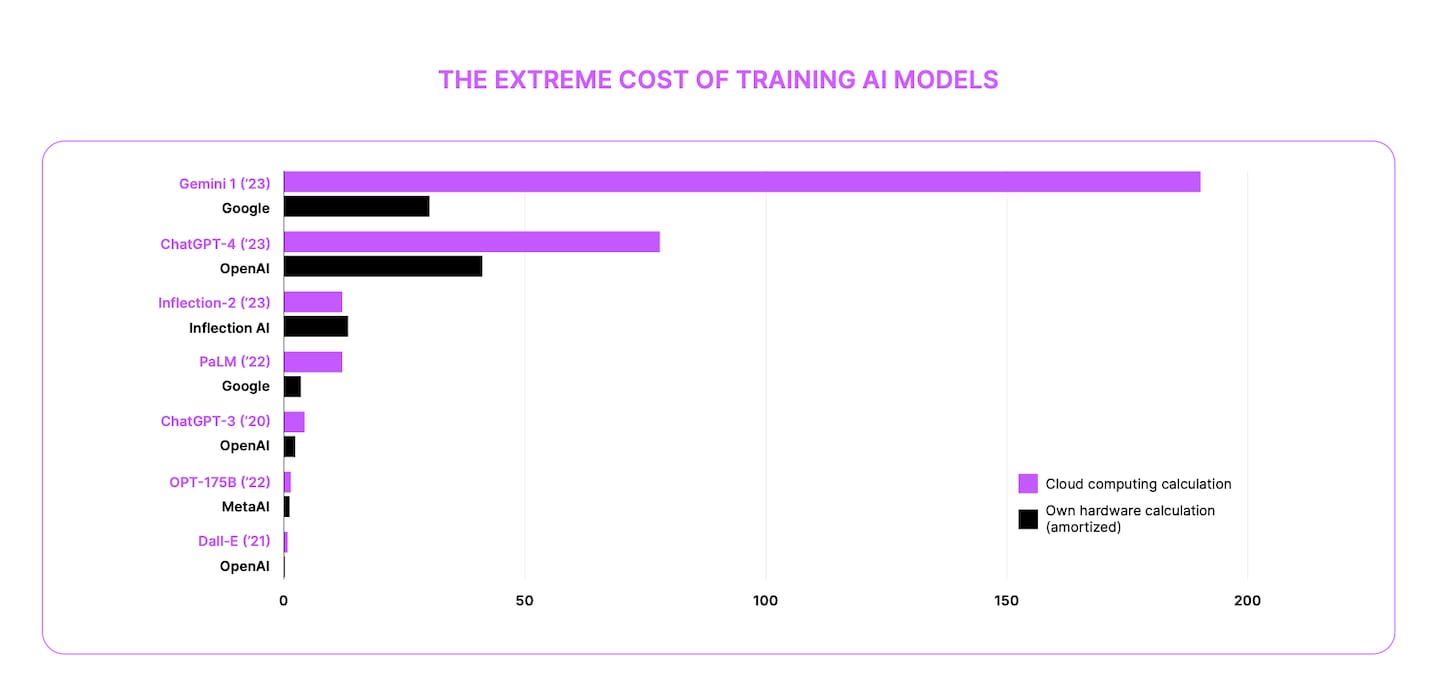It is easy to become numb to testnet announcements in the fast-paced world of Web3. They often feel like dress rehearsals for a show that is perpetually just around the corner. But 0G’s Galileo testnet was engineered to be something different. It was a real-world stress test, a large-scale demonstration of infrastructure built from scratch to meet the demanding needs of artificial intelligence. This was the moment 0G’s advanced stack, optimised for AI, transitioned from theory to practice.
This spotlight breaks down the performance, architecture, and adoption metrics that made Galileo a landmark event. It shows how the system delivered on its ambitious promises, from achieving incredible data throughput to maintaining low-latency consensus and enabling verifiable computation. The numbers and results from Galileo ground the story of 0G’s potential in solid, real-world data, proving its readiness for mainnet and the decentralised AI economy of the future.

What AI Infrastructure Demands
To appreciate what Galileo accomplished, it is crucial to understand that AI workloads are unlike anything else in the digital world. They are not just computationally intensive. They are also incredibly bandwidth hungry and stateful, meaning they need to constantly track and update information. The infrastructure required to support such a system must be designed with these requirements in mind from the very beginning.
Training and Inference
Training an AI model requires access to large, immutable storage with clear provenance. You must be able to prove, without a doubt, the origin of the training data and that it has not been altered. On the other hand, inference, which is the process of an already trained model making predictions, demands fast and mutable data access. The system must be capable of reading and writing information in real time with minimal delay.

Verification and Coordination
On top of all this, verification and coordination at a massive scale are absolutely essential. In a decentralised system, you cannot simply trust a central authority. You need cryptographic proof to replace that trust, and that requires an infrastructure designed for it. By replacing such centralised control with a preferred decentralised and automated trust, the system demonstrates to users and institutions that it can be trusted.
Galileo was engineered to meet these specific requirements, and its performance during the testnet period provides a clear validation of its purpose-built design.
The Galileo Testnet in Numbers
The raw metrics from the Galileo testnet paint a picture of a network designed for large-scale use. Over the course of the testnet, the platform processed over 92 million transactions, with a peak of 4 million transactions in a single day. This was achieved with a sustained throughput of 2,500 transactions per second and sub-second finality. These numbers place 0G’s performance among the top high-speed blockchains, demonstrating the network’s ability to handle high-frequency activity without losing responsiveness.
User adoption was equally impressive. More than 6 million wallets were created, with the network faucet serving over 30,000 unique users daily. This level of engagement is a strong indicator of both developer and user interest in the platform.
Perhaps the most telling statistic is that even at this peak load, the network’s gas usage never exceeded 10 per cent of its total capacity. This remarkable efficiency suggests that Galileo has significant headroom to accommodate far more complex and demanding applications in the future, without running into the congestion and high fees that plague many general-purpose chains.
Stack Performance in Practice
Beyond the headline numbers, Galileo provided a real-world validation of 0G’s integrated technology stack. Each component was tested under load, demonstrating that the theoretical design translates into practical performance.
- Data Availability: The data availability layer consistently exceeded 50 Gbps of throughput, a figure that dramatically surpasses the capabilities of many existing DA solutions. This was made possible by 0G’s use of GPU-accelerated erasure coding and quorum sampling, techniques that allow for the efficient and verifiable distribution of large datasets across the network. This level of performance is essential for AI applications that rely on streaming large volumes of data for training and inference.
- Storage Performance: The storage layer was validated using 0G’s novel Proof of Random Access mechanism. This system rewards providers based on useful retrieval speed rather than raw capacity, an important distinction for AI. The approach proved effective at creating a market for high-performance, reliable storage, with economic incentives finely tuned to meet the rapid access needs of AI applications.
- Consensus: The testnet implemented 0G’s multi-network consensus, which anchors the system’s security to shared Ethereum staking. This provides a battle-tested foundation for the entire network.
Ecosystem Momentum and Adoption
A powerful technology stack is only useful if people build on it, and Galileo quickly proved to be a fertile ground for an emerging ecosystem. The testnet saw integrations with key infrastructure players like QuickNode, ThirdWeb, Chainscan, and Ankr. These partnerships are a strong vote of confidence from established players in the Web3 space.
Early partners began using the network to build a diverse range of applications, including DePIN projects, intelligent NFTs, and sophisticated agent-based systems. These were not just simple stress tests. They were real-world use cases that demonstrated the practical utility of 0G’s infrastructure. The project is now actively onboarding more partners, moving beyond simple stress testing to support a new generation of decentralised AI applications.
What Galileo Proves
The Galileo testnet accomplished exactly what it set out to do. It proved that 0G’s integrated and verifiable architecture can deliver the performance and scalability that decentralised AI requires. The system’s performance envelope is wide enough to cover both crypto and AI-native use cases, from high-frequency trading to large-scale model training.

Most importantly, Galileo demonstrated that verifiability, scalability, and integration are not just roadmap promises. They are live, functioning features of the 0G stack. The platform has moved beyond the theoretical and has proven its readiness to support a thriving decentralised AI economy. With the foundation now firmly established and validated, 0G is ready for mainnet and beyond.
Our full report, Building the Foundation for an Open AI Economy: The Case for 0G, reveals how that performance was engineered.
Read it here: Building the Foundation for an Open AI Economy: The Case for 0G


